Language Symbols Page #2
This page lists all the various symbols in the Language Symbols category.
Symbols in this category:
Degree Symbol
The degree symbol (°) is a typographical symbol that is used, among other things, to represent degrees of arc (e.g. in geographic coordinate systems), hours (in the medical field), or degrees of temperature. The symbol consists of a small raised circle, historically a zero glyph.
Ditto mark
The ditto mark (aka Stenoien Mark) (〃) is a typographic symbol indicating that the word(s) or figure(s) above it are to be repeated.
Ellipsis
Ellipsis (plural ellipses; from the Ancient Greek: ἔλλειψις, élleipsis, "omission" or "falling short") is a series of dots that usually indicate an intentional omission of a word, sentence or whole section from the original text being quoted, and though necessary for syntactical construction, is not necessary for comprehension.
English alphabet
The modern English alphabet is a Latin alphabet consisting of 26 letters.
Exclamation mark
The exclamation mark or exclamation point is a punctuation mark usually used after an interjection or exclamation to indicate strong feelings or high volume (shouting), and often marks the end of a sentence. Example: “Watch out!”
Full Stop or Period
A full stop (British English, Hiberno-English, Australian English, and New Zealand English) or period (American English and Canadian English) is the punctuation mark placed to indicate the end of sentences.
Guillemet
Guillemets (pron.: /ˈɡɪləmɛt/, or /ɡiːəˈmeɪ/, French: [ɡijmɛ]), also called angle quotes or French quotation marks, are polylines, pointed as if arrows (« or »), sometimes forming a complementary set of punctuation marks used as a form of quotation mark.
Hebrew alphabet
The Hebrew alphabet (alefbet ʿIvri ), known variously by scholars as the Jewish script, square script, block script, or more historically, the Assyrian alphabet, is used in the writing of the Hebrew language, as well as other Jewish languages, most notably Yiddish, Ladino, and Judeo-Arabic. There have been two script forms in use. The original old Hebrew script is known as the paleo-Hebrew script (which has been largely preserved, in an altered form, in the Samaritan script), while the present "square" form of the Hebrew alphabet is a stylized form of the Assyrian script. Various "styles" (in current terms, "fonts") of representation of the letters exist. There is also a cursive Hebrew script, which has also varied over time and place.
Hyphen
The hyphen (‐) is a punctuation mark used to join words and to separate syllables of a single word. The use of hyphens is called hyphenation.
Ing - Ingz - Ingwaz
The twenty-second letter of Futhark is Ingwaz. This rune represents Ing, the god of the fertility and the creative act.
Citation
Use the citation below to add this symbols category to your bibliography:
Style:MLAChicagoAPA
"Language Symbols." Symbols.com. STANDS4 LLC, 2023. Web. 17 Nov. 2023. <https://www.symbols.com/category/17/Language+Symbols>.

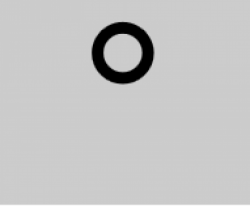
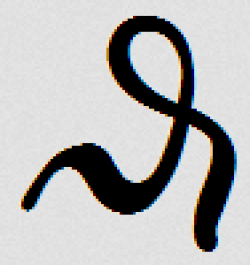
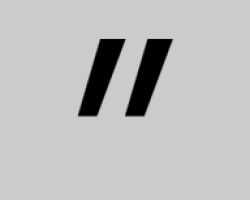
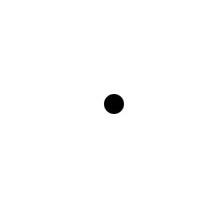
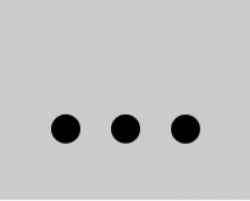
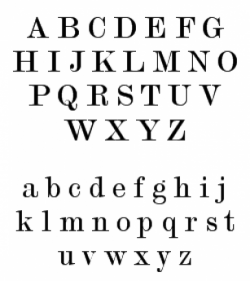
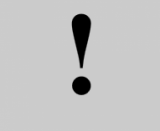
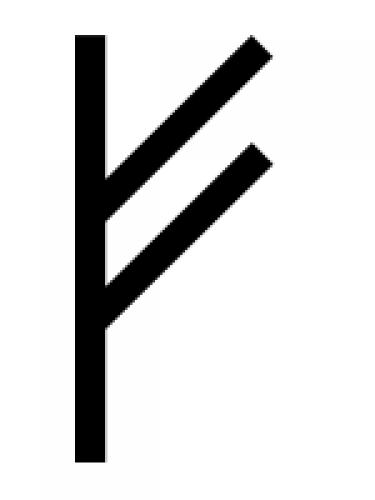
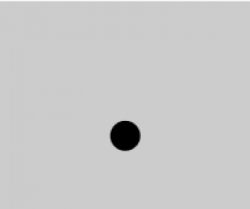
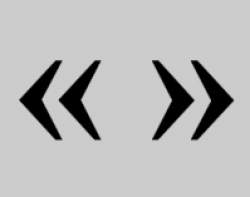
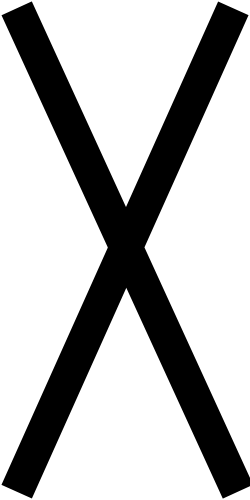
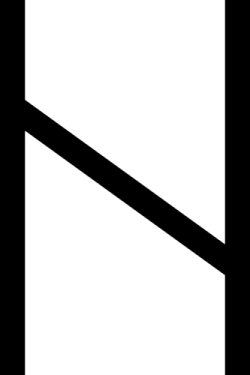
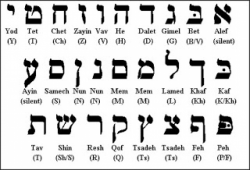
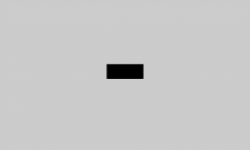
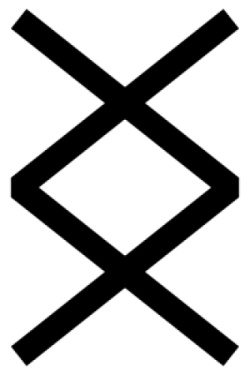
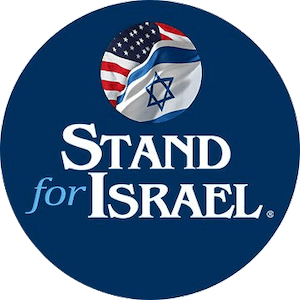
Have a discussion about the Language Symbols category with the community:
Report Comment
We're doing our best to make sure our content is useful, accurate and safe.
If by any chance you spot an inappropriate comment while navigating through our website please use this form to let us know, and we'll take care of it shortly.
Attachment
You need to be logged in to favorite.
Log In